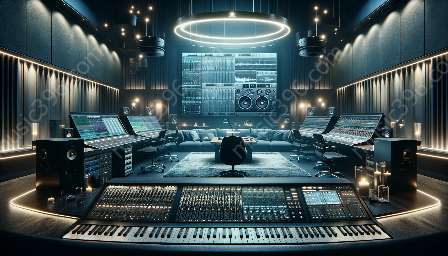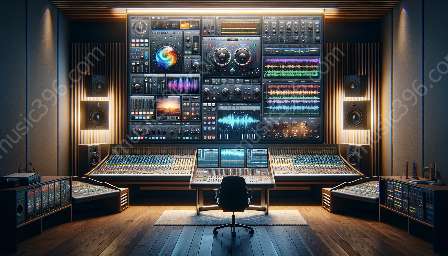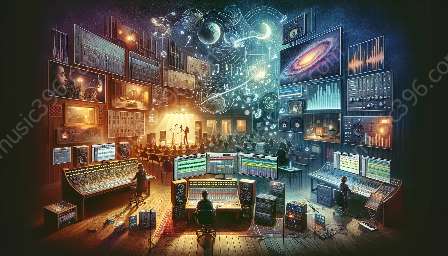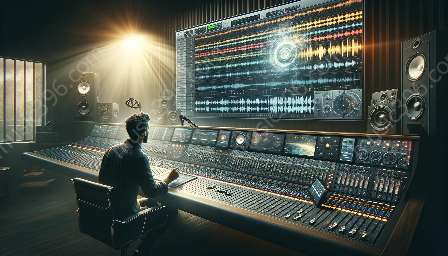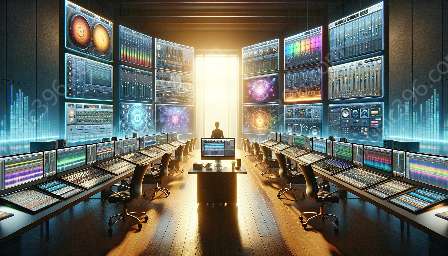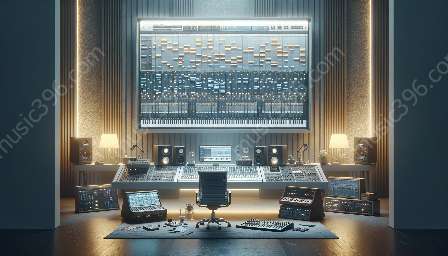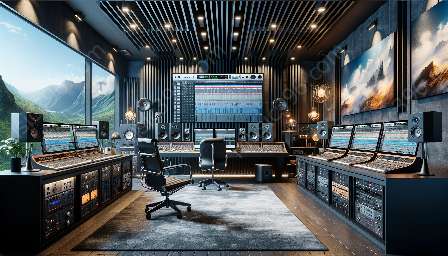Drum programming plays a significant role in enhancing the emotional impact of a film's scenes and contributing to sound design. It is a powerful tool for creating captivating audio compositions that complement the visual elements of a film. In this comprehensive topic cluster, we will explore the application of drum programming in film scoring and sound design, including the techniques for drum programming in DAWs and digital audio workstations, to help you understand and utilize these methods effectively.
Understanding Film Scoring and Sound Design
Film scoring involves composing music to accompany visual media, adding depth and emotional resonance to the scenes. Sound design focuses on manipulating and creating sound effects to enhance the sonic environment of the film. Both play vital roles in the overall cinematic experience, and drum programming can significantly contribute to these processes.
Drum Programming in Film Scoring
When used in film scoring, drum programming can create tension, build excitement, and evoke a wide range of emotions. It allows composers to enhance action sequences, heighten drama, and bring energy to a film's soundtrack. By strategically incorporating rhythmic elements, such as percussive patterns and accents, drum programming can amplify the impact of pivotal moments within a film.
Drum Programming in Sound Design
In sound design, drum programming can be used to craft unique and immersive sonic textures. By manipulating drum sounds and rhythms, sound designers can create atmospheric effects, emphasize transitions, and establish mood and tension within the film. It offers a versatile approach to shaping the auditory landscape and intensifying the storytelling within a visual narrative.
Techniques for Drum Programming in Digital Audio Workstations
Modern advancements in digital audio workstations (DAWs) have revolutionized the way drum programming is approached. From intuitive MIDI sequencing to advanced sample manipulation, DAWs offer a multitude of tools and techniques for crafting dynamic and expressive drum parts.
MIDI Programming
MIDI (Musical Instrument Digital Interface) programming allows composers and sound designers to sequence drum patterns by inputting note data and adjusting parameters such as velocity, duration, and timing. This precise control enables the creation of intricate rhythmic arrangements that seamlessly integrate with the film's visual narrative.
Sample Manipulation
DAWs provide extensive libraries of drum samples and the capability to manipulate them in various ways, including pitch-shifting, time-stretching, and layering. Sound designers can sculpt and customize drum sounds to fit the specific sonic requirements of a film, enhancing the overall audio aesthetic and complementing the visual storytelling.
Automation and Effects
Automation features in DAWs allow for real-time control over parameters such as volume, panning, and effects processing. By automating drum elements, composers and sound designers can dynamically shape the sonic landscape, creating immersive auditory experiences that synchronize with the visuals of the film.
Utilizing Drum Programming to Convey Emotion and Narrative
Effective drum programming goes beyond rhythm and timing; it serves as a means to convey emotion, underscore narrative themes, and guide the audience's emotional journey. By leveraging drum programming techniques, composers and sound designers can elicit specific emotional responses, intensify dramatic arcs, and establish sonic motifs that resonate with the audience.
Conclusion
In conclusion, the application of drum programming in film scoring and sound design offers a wealth of opportunities to elevate the audiovisual experience. By understanding the role of drum programming in these contexts and mastering the techniques available in digital audio workstations, composers and sound designers can harness the power of rhythmic elements to enrich the storytelling and immerse audiences in captivating sonic landscapes.

